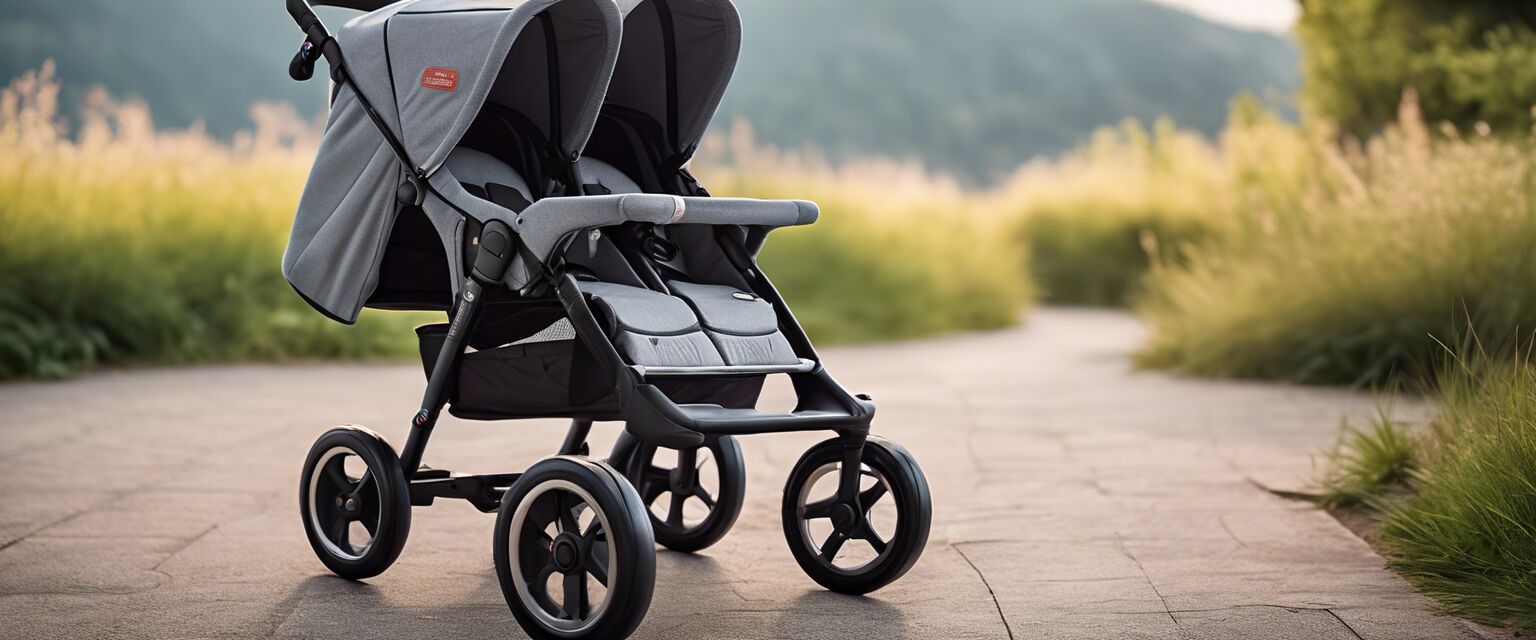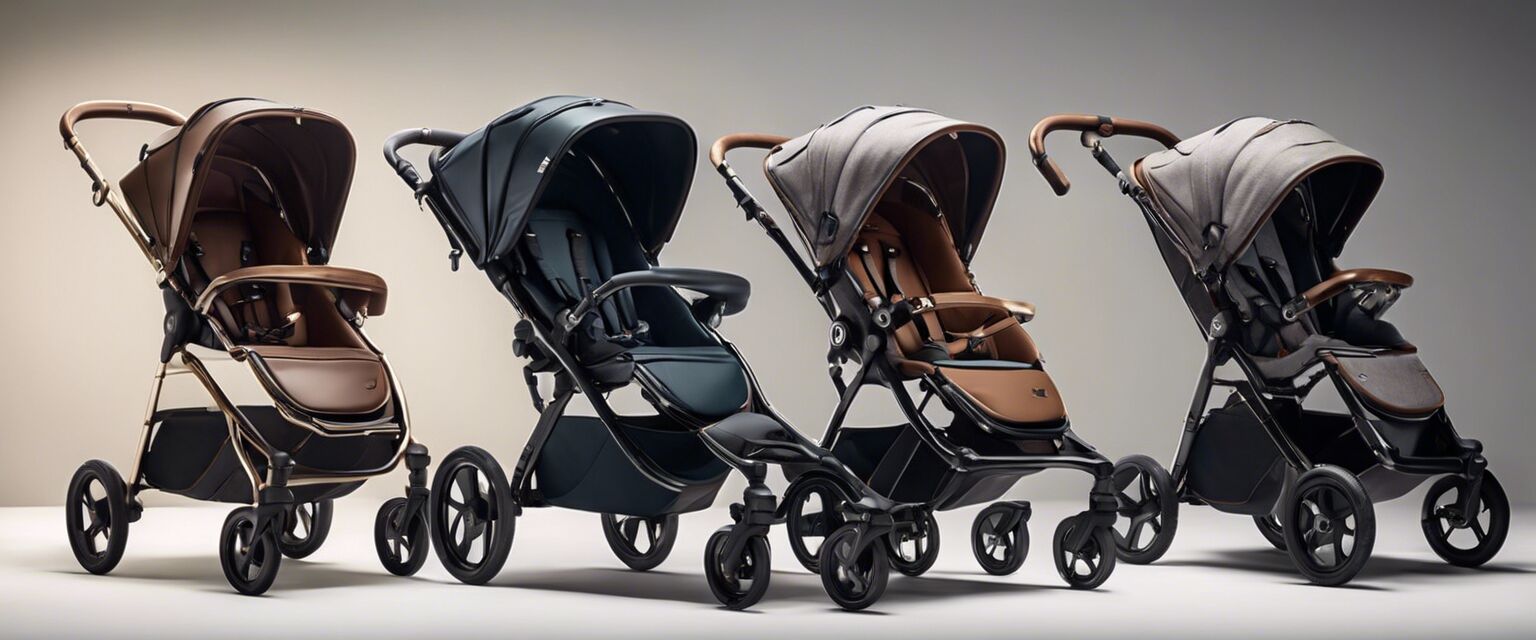
Safety standards for strollers
- Strollers are subject to safety standards to ensure child safety.
- Important features include harness systems, brake mechanisms, and stability.
- Regular maintenance and inspections are essential for stroller safety.
- Understanding safety certifications enhances buyer confidence.
When it comes to keeping our little ones safe, baby strollers are a fundamental part of family life. Safety standards for strollers ensure that products on the market meet specific criteria to protect children from hazards. This article offers an in-depth look at the safety features, standards, and best practices for stroller use.
Understanding stroller safety standards
Stroller safety standards are regulations that guide manufacturers in creating safer products. These standards can vary by country but generally include specific testing criteria. Below are key organizations involved in setting stroller safety standards:
- American Society for Testing and Materials (ASTM): Develops technical standards for materials, products, systems, and services.
- Consumer Product Safety Commission (CPSC): Regulates the safety of various consumer products including strollers.
- European Committee for Standardization (CEN): Sets safety requirements for baby strollers in Europe.
Key safety features of strollers
When choosing a stroller, look for the following key safety features:
| Feature | Description |
|---|---|
| 5-point harness system | Anchors the child safely in the stroller, preventing falls. |
| Stable wheelbase | Ensures that the stroller does not tip over easily. |
| Braking system | Locks the stroller in place to prevent rolling when stationary. |
| Sunshade | Protects the child from harmful rays and direct sunlight. |
| Foam-filled tires | Offers a smooth ride and prevents flats. |
Importance of stroller maintenance
Regular maintenance of strollers is crucial for safety. Here are some tips to ensure your stroller remains safe:
Stroller maintenance tips
- Inspect harness systems for wear and tear.
- Ensure brakes function properly before each use.
- Check for loose screws or broken parts regularly.
- Clean the stroller regularly to maintain hygiene.
- Store strollers in a dry place to prevent rust.
Common stroller safety standards
Familiarizing yourself with common safety standards can be beneficial. Hereâs a simplified chart highlighting some key regulations:
| Standard | Region | Key Points |
|---|---|---|
| ASTM F833 | USA | Testing methods for stroller safety including stability and hazard assessments. |
| CPSIA | USA | Covers labeling requirements, safety warnings, and Choking hazards. |
| EN 1888 | Europe | Safety requirements for strollers including dynamic tests. |
| ISO 7176-3 | International | Guidelines for the stability and braking performance of strollers. |
Certification and testing of strollers
Only purchase strollers that carry a safety certification. This indicates compliance with the relevant safety standards. Certifications often include specific testing methods to ensure that products are safe for use. Look for labels that indicate compliance with ASTM, CPSC, or ISO standards.
What to avoid when choosing a stroller
- Avoid strollers that do not have a 5-point harness system.
- Stay away from strollers with unstable constructions.
- Do not purchase second-hand strollers without checking for recalls.
- Avoid products lacking safety certifications or labels.
Recalls and safety notices
It's crucial to stay updated on stroller recalls. The CPSC regularly publishes a list of recalled products for consumer safety. Make sure to register your stroller with the manufacturer to receive important safety information directly.
How to stay informed
Staying informed about stroller safety can help you make better decisions. Here are some ways to stay updated:
Pros
- Enhanced child safety through knowledge.
- Immediate awareness of product recalls.
- Informed choices on stroller maintenance and selection.
Cons
- Time-consuming to stay updated.
- Information overload can occur.
Conclusion
Choosing a safe stroller is one of the most significant decisions new parents can make. By understanding safety features, compliance with standards, and the importance of maintenance, parents can ensure a safe experience for their children. Always prioritize safety when selecting a stroller and utilize reliable sources to stay informed.
Further reading
- Convertible strollers
- Double strollers
- Jogging strollers
- Lightweight strollers
- Travel systems
- Umbrella strollers











